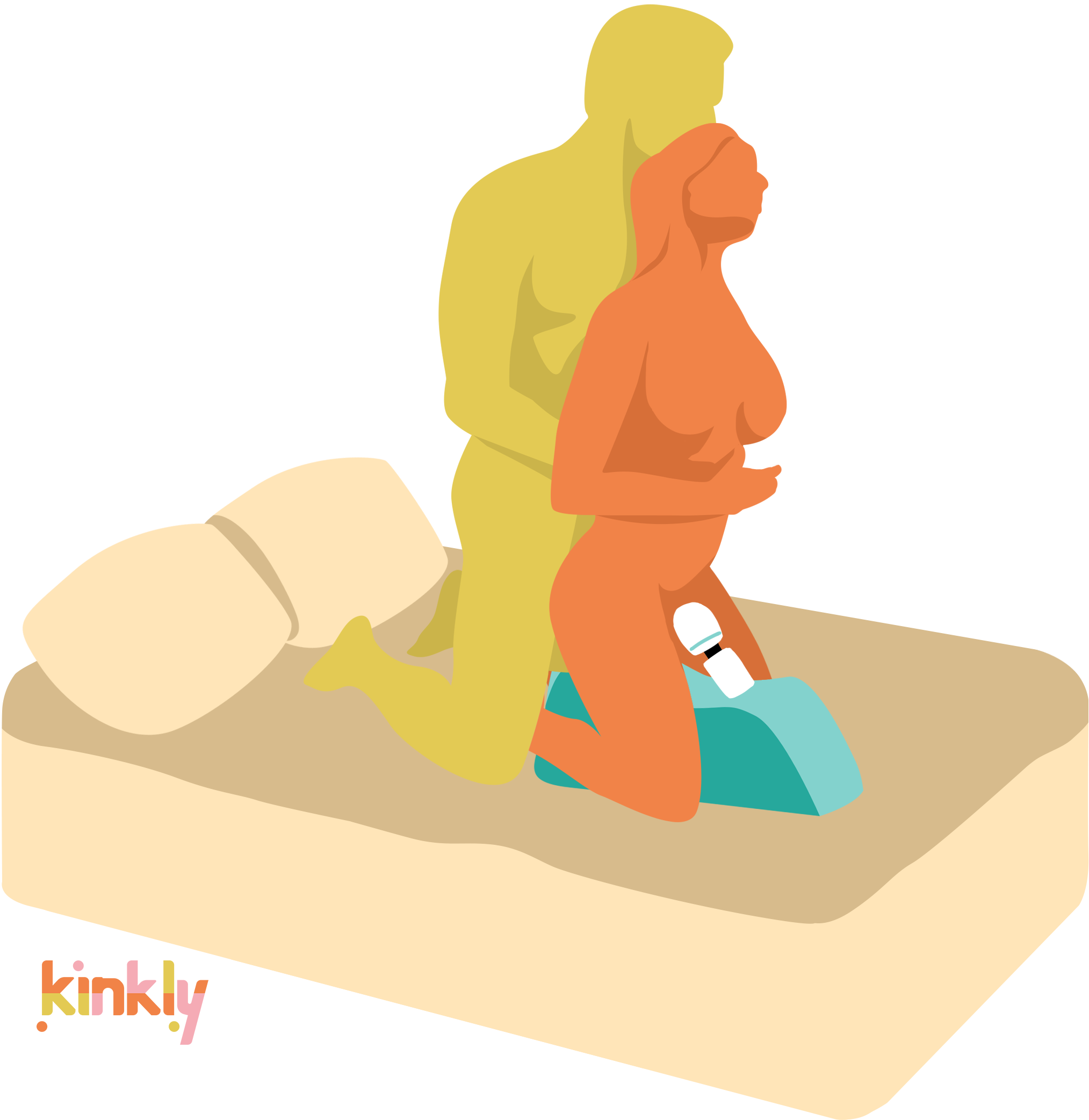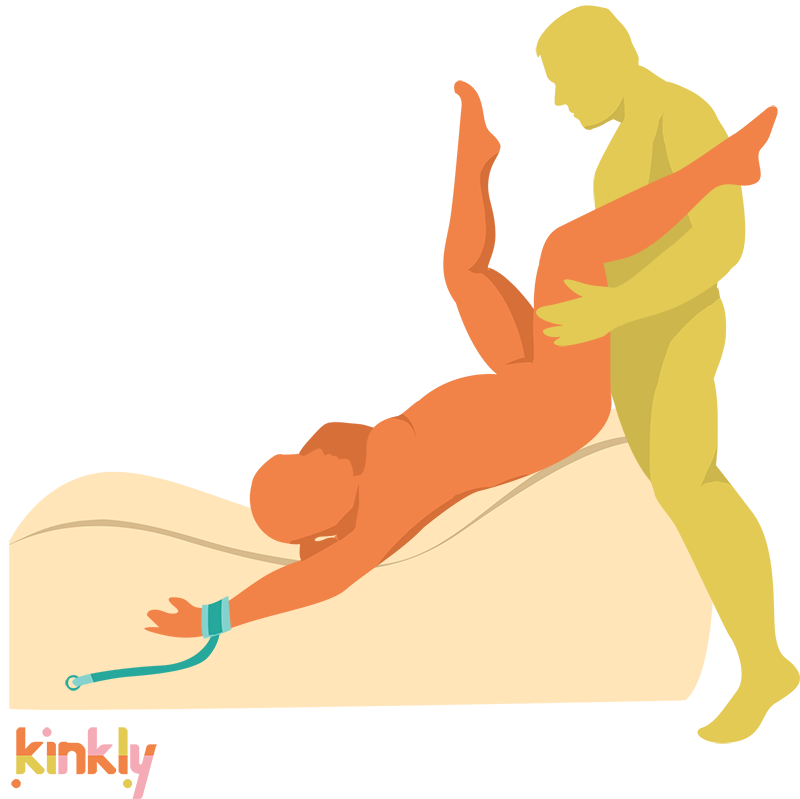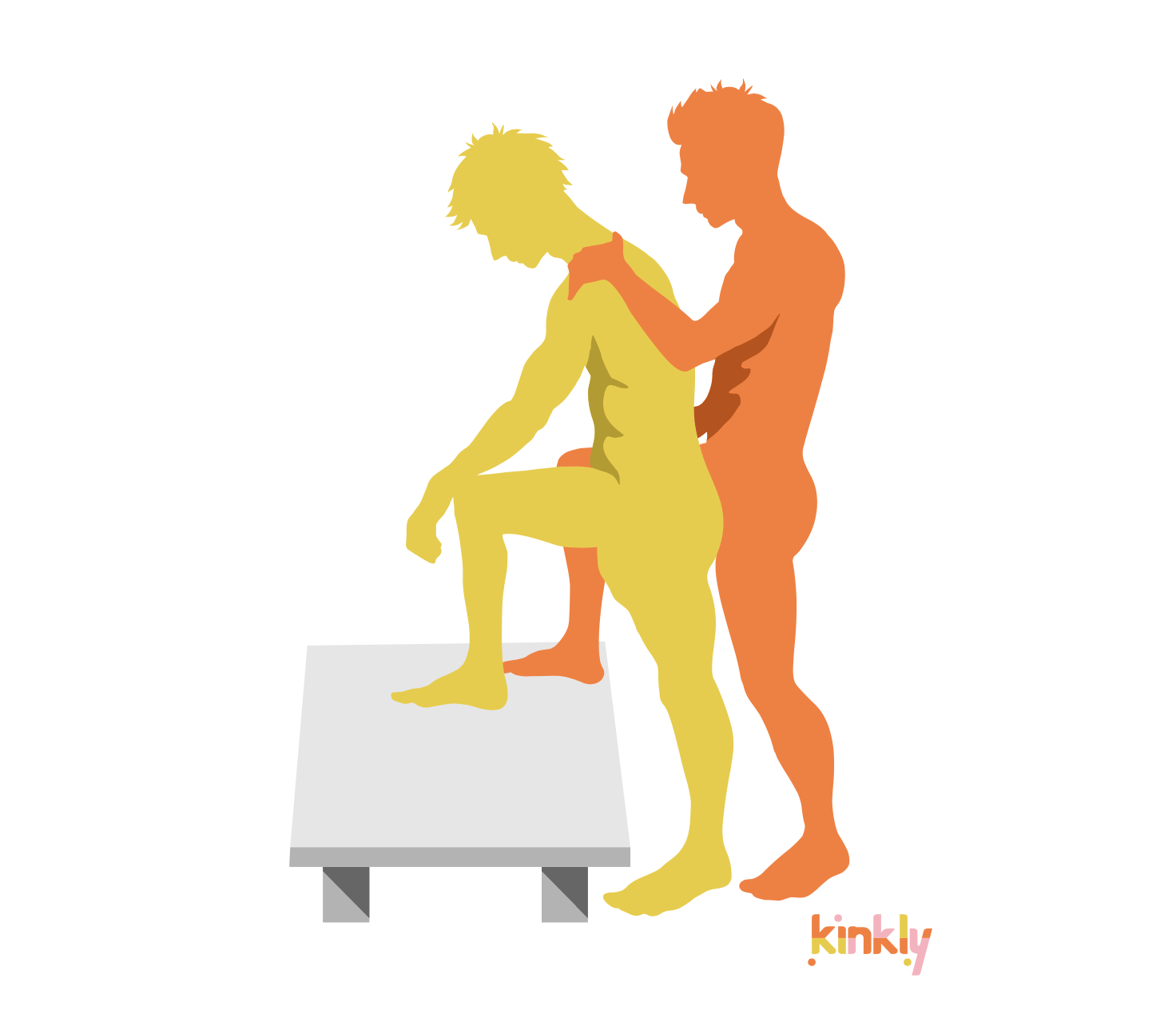Gender Identity Disorder (GID) is a formal diagnosis used by physicians to describe individuals that are dissatisfied with the sex and gender that they were assigned at birth. This means that the individual identifies with a sex or gender other than the one that their current physical body displays. Gender identity disorder is also referred to as gender dysphoria.
More About Gender Identity Disorder
Gender Identity Disorder (GID) as a diagnosis is refuted by some transgender individuals and research groups because it supports the idea of gender variance and upholds the binary model of gender. The disorder is classified as a medical disorder. It is primarily characterized by the discontent experienced by the individual regarding his or her birth assigned sex. Most often, the disorder is treated by supporting the change of the individual's body to better match the sex or gender that the individual identifies with.

















